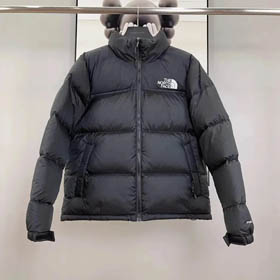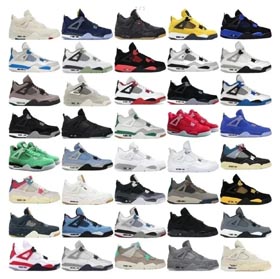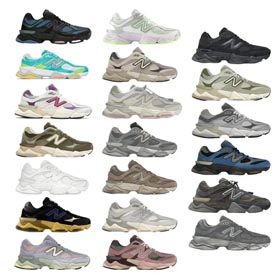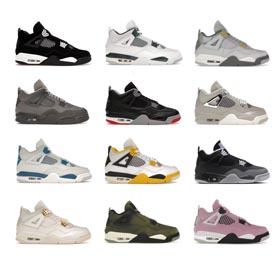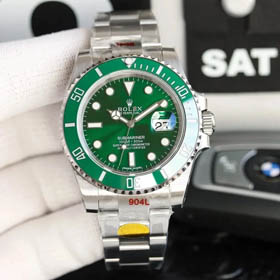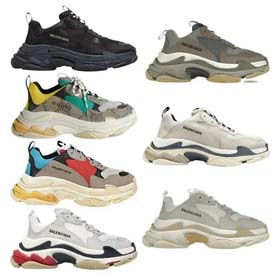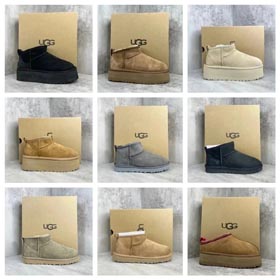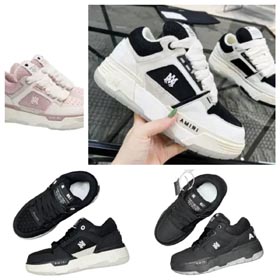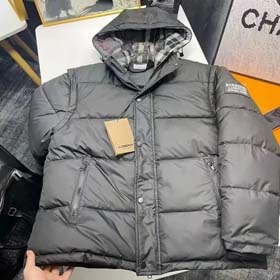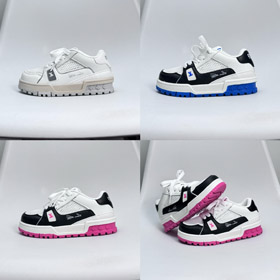In the dynamic world of cross-border e-commerce, data is the new currency. For online retailers, parsing through vast product catalogs to identify winning products is a monumental task. This is where tools like the now-famous "Oopbuy Spreadsheet" come into play, providing a data-driven lens to analyze market leaders. When we apply this analytical framework to a titan of sportswear like Nike, the insights into their dominance in the athletic wear niche are particularly revealing.
Understanding the Oopbuy Methodology
While the original "Oopbuy Spreadsheet" is a specific, community-driven compilation, the term has evolved to represent a methodology. It involves aggregating and analyzing key e-commerce metrics such as:
- Sales Volume & Revenue:
- Customer Reviews & Ratings:
- Search Volume & Keyword Trends:
- Price Points & Profit Margins:
- Return Rates & Complaints:
- Customer Reviews & Ratings:
By applying this data-centric approach, sellers can move beyond guesswork and make informed decisions about which products to source and promote.
Nike's Cross-Border E-commerce Strengths, Revealed by Data
A deep dive into the "Nike" column of any cross-border data spreadsheet highlights several key factors behind its enduring success.
1. The Power of Iconic Brand Heritage
Nike’s brand is its most valuable asset. Data consistently shows that products featuring classic logos (like the Swoosh), legendary silhouettes (like the Air Force 1 or Air Max), and associations with star athletes (like Michael Jordan or LeBron James) maintain consistently high search volumes and sales velocity. This built-in demand reduces the customer acquisition cost for retailers selling these items cross-border.
2. Innovation as a Major Selling Point
Sheets tracking product launches reveal a significant spike in interest around Nike's innovative technologies. The release of new Air Max cushioning systems, Dri-FIT ADV fabric for superior moisture management, or sustainable lines like Nike Forward creates a surge in global searches. Cross-border sellers often see high pre-order rates and premium price acceptance for these innovative products.
3. The Athleisure Trend: Beyond Performance
Perhaps the most significant trend unearthed by e-commerce data is the dominance of "athleisure." Nike expertly caters to this market. Products like the Nike Tech Fleece collection, classic sneakers like the Dunk Low, and yoga-ready apparel like the Nike One Luxe Leggings perform exceptionally well. They are not just purchased for sport but for fashion, comfort, and lifestyle, vastly expanding their target audience in international markets.
4. Regional Preferences and Sizing Nuances
A crucial insight from cross-border data is the variation in regional preferences. For instance, colorways that are popular in the South Korean market might differ from those trending in Brazil. Detailed spreadsheets help sellers tailor their inventory. Furthermore, data on returns often highlights sizing as a critical issue, pushing successful sellers to provide extremely detailed size charts and conversion guides.
Challenges and Considerations for Sellers
The data also sheds light on potential hurdles:
- Authenticity and Counterfeits:
- Premium Pricing:
- Logistics and Speed:
- Premium Pricing:
Conclusion: Leveraging Data for Strategic Wins
The "Oopbuy Spreadsheet" approach demonstrates that Nike's success in cross-border e-commerce is no accident. It is a result of powerful branding, continuous innovation, and a deep alignment with global lifestyle trends. For online retailers, leveraging this type of data is crucial.
The key takeaway is to use data not just to confirm Nike's popularity, but to refine
